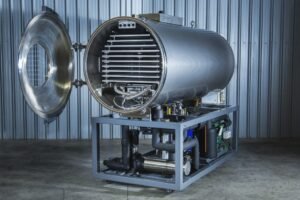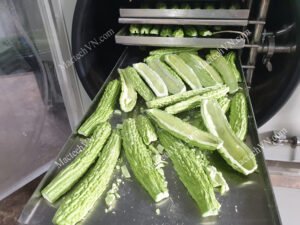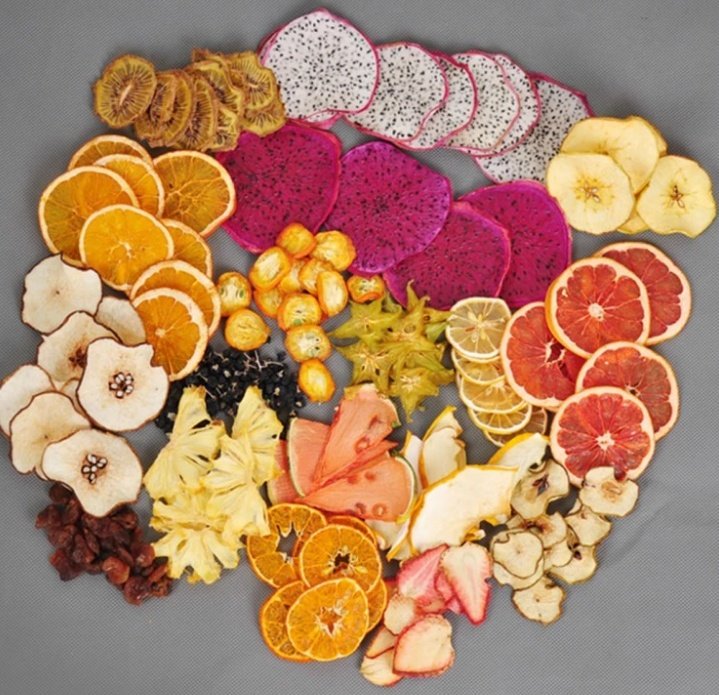Drying is a crucial process in food preservation and processing, helping to extend shelf life and maintain the nutritional value of the product. However, there are various drying methods, with freeze-drying and conventional drying being the most common. Each method has its unique characteristics, making it suitable for different types of food. Below are the key differences between these two drying methods:
1. Operating Principle
- Conventional Drying: Conventional drying (also known as heat drying) uses high temperatures to evaporate water from the food. The food is dried at temperatures ranging from 50°C to 90°C or higher, depending on the type of food and the drying purpose.

- Freeze-Drying: Freeze-drying (also known as lyophilization) uses low temperatures combined with low pressure to remove water from the food. The temperature during freeze-drying typically ranges from -30°C to 0°C, helping the food retain its structure and nutrients optimally.

2. Product Quality
- Conventional Drying: Due to the use of high temperatures, conventional drying can result in the loss of some nutrients, especially heat-sensitive vitamins like vitamin C. Additionally, the color, flavor, and texture of the food may change, often becoming darker and more brittle.
- Freeze-Drying: Freeze-drying preserves the maximum amount of nutrients, especially vitamins and minerals. The color, flavor, and texture of the food remain nearly unchanged, resulting in a higher quality product that is crispy and has a natural taste.
3. Drying Time
- Conventional Drying: The drying process is faster with conventional drying, which can be completed within a few hours to a day, depending on the type of food and drying temperature.
- Freeze-Drying: Freeze-drying takes more time, usually ranging from 24 to 48 hours or more, due to the low temperature and the slow sublimation of water.
4. Applications
- Conventional Drying: This method is widely used for various types of food, such as fruits, vegetables, meat, fish, and agricultural products. It is often applied to products that do not require maximum preservation of quality or nutritional value.
- Freeze-Drying: Freeze-drying is ideal for high-value, heat-sensitive products such as herbs, premium fruits and vegetables, or functional foods. It is also used for products that need to retain their original flavor and texture.
5. Cost
- Conventional Drying: Conventional drying is less expensive due to simpler equipment and processes. This makes it suitable for lower-value products or large-scale production.
- Freeze-Drying: Freeze-drying is more costly due to the complex equipment and longer drying time required. Therefore, this method is often used for high-value products or those requiring superior quality.
Conclusion
Freeze-drying and conventional drying are two common food drying methods, each with its own advantages and disadvantages. Conventional drying is suitable for products that need quick drying at a lower cost, while freeze-drying is the optimal choice for products that require maximum retention of nutrients, color, flavor, and texture. When choosing a drying method, it is essential to carefully consider the type of food, quality requirements, and budget to achieve the best results.
I hope this post helps you better understand the differences between freeze-drying and conventional drying, allowing you to choose the most suitable method for your needs.


